Before moving to NYC, I heard from countless friends who had made the move before: finding an apartment in NYC isn’t easy. For one, there’s the cost. But also, finding the right roommates, or the right location, or the right sized room: you can’t get it all.
Always the optimist, I decided to ignore most everyone’s advice. I’m also pretty selfish and when I set my mind to something: I go for it. I wanted a super cool hipster apartment in Brooklyn, and I was going to do whatever I needed to make that a reality.
Thankfully, I made it happen. Here’s how I did it…
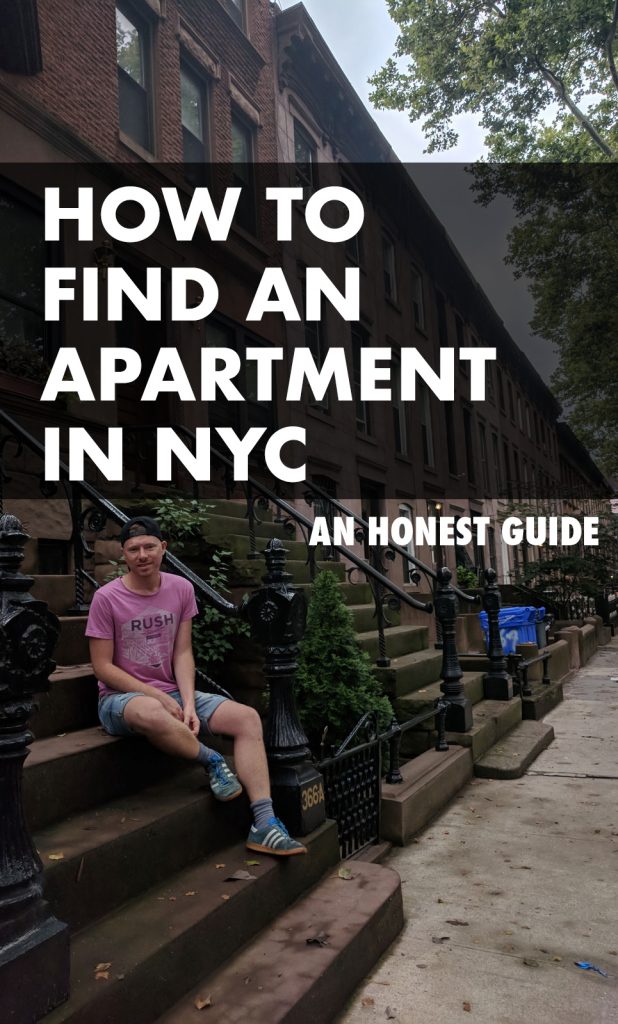
How to Find an Apartment in NYC (Specifically: in Brooklyn)
Step 1: Prepare your documents
I thought the Germans loved paperwork, but that wasn’t until I started to look for a place to live in New York City. Thankfully, there are plenty of Americans still happy to bend the rules as needed. But it was still important to have as much paperwork as possible before even bothering to look at a place.
Regardless of whether you’re looking for a lease, a sublease, or just a short-term rental, you pretty much need the following:
- Credit score: many rental agencies charge a fee to get your credit score, but I used CreditKarma.com anyways to get my score and create a PDF of my credit history. I found it helpful to attach that to every application even if they were going to run their own credit check.
- Last three months’ pay stubs: Always the challenge for a freelancer or self-employed person like myself, I thought it best to provide a detailed letter of my income sources and recent invoices (including PDFs and commissioning letters).
- Recommendation from your previous landlord: Since I was moving from Germany, I had to translate my landlord’s letter. I’m not sure if anyone cared or even looked at it, but I felt good for having one regardless.
- Bank statements: Again, most places are looking for bank statements from the last three months. I have banks in the USA and Germany and just pretty much gave them EVERYTHING. Some of my accounts fluctuate more than others, so I felt it was important to include it all.
- Photo ID: Not having lived in America for the last eight years (!!!), I didn’t have a valid USA driver’s license—just my passport. So I made sure to include that on every rental application.
- Many applications ask for your most recent tax returns (which due to some delays on my part, I didn’t really have), but I just flummoxed every application with as much paperwork as I could find and no one even noticed or asked.
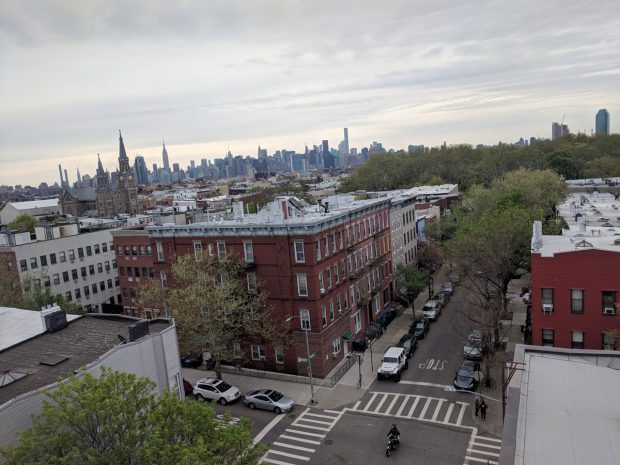
Step 2: Pick a neighborhood
The sheer size of NYC makes it seem daunting to try to find an apartment. When I moved here (sleeping on a friend’s couch for the first week), I was immediately overwhelmed by the city size: vertically, geographically, horizontally—every which way, this city is B I G .
Because of the amount of options in NYC (literally thousands of new apartment listings to look at every week), it’s really only manageable if you limit your options. Use search filters on each of the apartment listing websites to choose your neighborhood. Focus on one area at a time to prevent too much travel time between apartment viewings.

PRO APARTMENT SEARCH TIP: When you do go to a viewing with a realtor, make sure to take photos of EVERYTHING! Take a photo of the front door with the address number, of the street the building is on, and of every corner in the rooms, too! After you start looking at apartments, they all seem to blur together so it’s helpful to have a record of each apartment viewing.
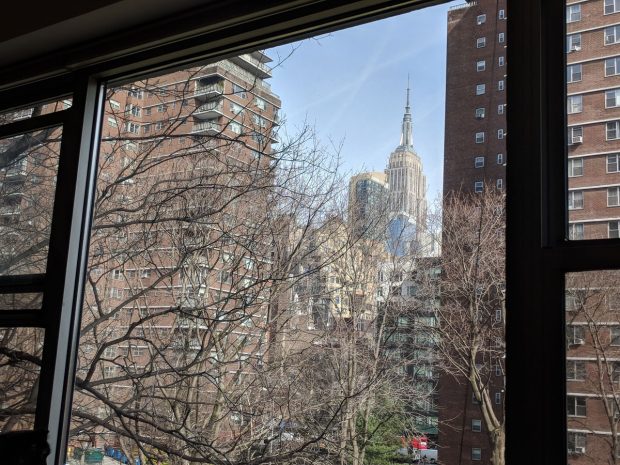
Step 3: Look everywhere!?
Here’s the thing about finding an apartment in NYC: it might come from anywhere! There are countless websites and tools for finding apartments, and many of them advertise aggressively on the NYC subway—so just always be on the lookout for places to look for apartments.
And as with anything, your personal network should always be your first go-to. Post to social media when you’re looking for place. Almost always, a friend or friend-of-friend is going to know about something. If you’re lucky, it might all align.
Here’s a breakdown of some of the most popular places to look for apartments in NYC:
- Roomi: This is how I found my first NYC sublet in Brooklyn. I matched with a roommate through the app and rented a room for a month. The app is incredibly easy to use and for a small, one-time fee, it provides you with a sense of security thanks to the identity verification process.
- The Listings Project: Every Wednesday, this independent realty website posts sublets, rentals and leases. The site is geared toward artists and creative-industry types, so the offers are usually a bit more unique—and the application process for each listing is far more simple and straightforward. I really appreciated their listings but you’ve got to be quick in writing and replying because many of them are hot deals in high demand.
- Nooklyn: Just about EVERYONE I spoke to about Brooklyn apartments recommended Nooklyn. But truth-be-told, my experience was less-than-stellar. They’re supposed to be one of the best Brooklyn real estate agents, but they often seemed too busy in their offices to help, and the apartment selections I viewed weren’t always very good. It might’ve been a factor just with the real estate agent I worked with, but generally, using Nooklyn just didn’t work out for me.
- Street Easy: Perhaps NYC’s most popular real estate website, Street Easy far and away has the coolest subway advertisements. However, while their style might be fun and their messaging on-point, the sheer volume of people using the website and corresponding app, and the amount of listings, made it so unwieldy for searches. It was just too overwhelming!
- Craigslist: I was skeptical of using Craigslist to search for apartments, sublets, and rentals, but honestly: it worked the best! It’s how I found my current apartment. Again, it can feel overwhelming to look through the listings, but once you get the hang of detecting what might be spam, and then using the search feature to find listings you’re more likely to enjoy, it can work really well. I can’t tell you how many friends have used Craigslist more than any of the other real estate websites and apps to find their homes.
- Facebook groups: Gypsy Housing and Ghostlight Housing (Ghostlight Housing is the original Gypsy Housing, actually) groups each boast hundreds of thousands of members and there are a barrage of listings pretty much consistently all month long. Seeing as how it’s Facebook (built on the idea of personal connections), your best chances are when you have mutual friends or interests in common with whomever is making the listing.
- NYC affordable housing lottery: The holy grail! For almost a century, NYC has required a certain amount of affordable housing in the city. And all new luxury buildings have to make sure a certain percentage of the building is set aside as affordable housing. There’s a relatively simple application process available on the NYC.gov website. Sign up for NYC Housing Connect where the process is pretty clear (if not lengthy). A lot of New Yorkers regularly check the listings for updates and apply regularly. Don’t get your hopes up, but don’t give up hope entirely!
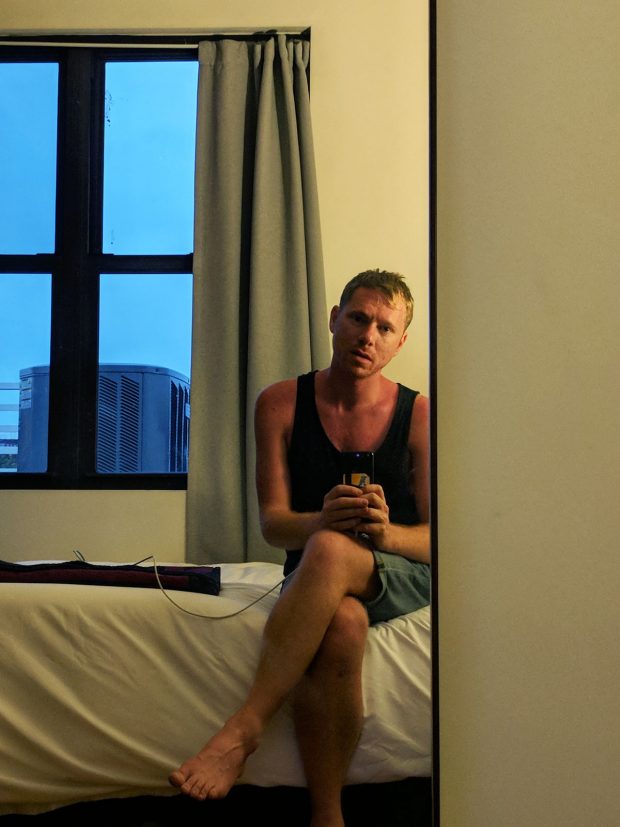
Step 4: Know the terminology
Moving to NYC, I felt like I had to learn an entire new language. Apartments here are unique. There’s a distinct style to a NYC apartment—and no, they don’t look like anything you might recognize from sitcoms like Friends or Seinfeld. There are a few words you’ll have to learn during the apartment search:
- No fee: Yes, please! Many realtors in NYC charge up to one month’s rent as a finder’s fee. Most websites and apps allow you to search for “no fee apartments” which can be helpful if you’re on a budget. Some friends have ended up paying fees, but most of my budget-conscious friends were able to find great apartments with no fee.
- Railroad: NYC architecture is unique and many apartments in Manhattan and Brooklyn are in the “railroad style.” These are typical of the brownstones you’ll find throughout the city—the apartments are long and skinny—like a railroad car. Oftentimes, they might be 3-bedrooms but you may have to walk through one of the bedrooms to access the other. Some create fake walls or else have small hallways, but generally the railroad apartments don’t have as much privacy as other styled places.
- Rent-stabilized: In my search, I never really came across rent-stabilized listings. They’re usually a bit more difficult to find because they’re in such high demand! These are apartments that have their rent increases controlled intended to not price out tenants with drastic rent increases. There are a handful of tips online for finding rent-stabilized places, but it’s still an art to find one!
- Net effective: This was a rental term I came across quite a bit and it was really tricky to figure out. Essentially, these listings will state you get one month free rent on a 12-(or more)-month lease. Net effective means you’re agreeing to an annual price for the apartment, and in your first year of the lease, you’ll get a discount (the one month free). This can be useful but you need to be aware of the actual monthly rent for any lease going forward—because you won’t get that discount on a second year of the lease. It’s essentially a way for realtors to hide the true price of the apartment.
• • •
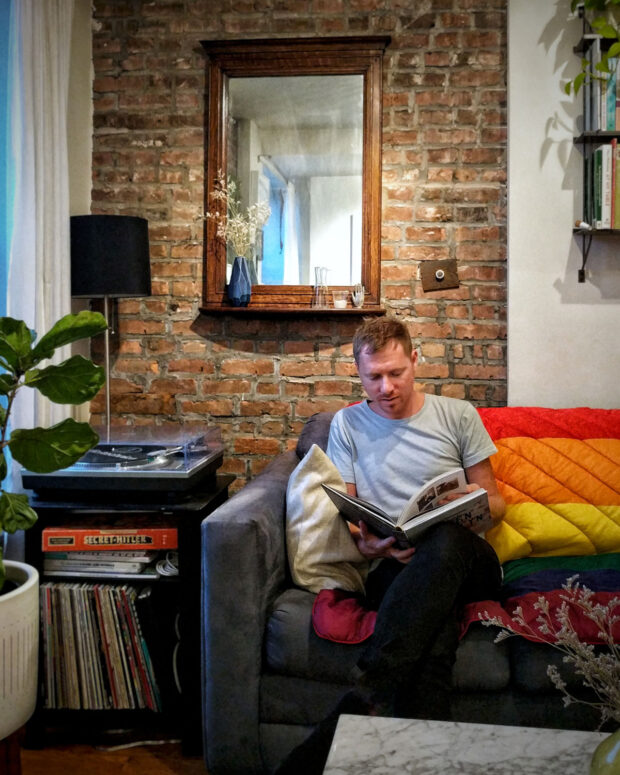
Truth be told, finding an apartment in NYC was not nearly as difficult as everyone made it out to be. It did take some dedication—I set aside time regularly each day for the search—but with enough time, you can find your kind of place.
I ended up with two great roommates in a hipster apartment in arguably one of Brooklyn’s most hipster neighborhoods: Bed Stuy.

Shouldn’t money and how much it typically costs, what one should budget for be part of any such article?
Hey B – Yeah, I can see how it would be useful to include typical rent prices. In my searches, I found rentals/leases in a wide range – it really depends on the neighborhood and borough. Manhattan was far and away the most expensive area and out of my budget, unfortunately—luckily I ended up in Brooklyn, though!
So helpful! Especially the paperwork heads up and the terminologies!
Really enjoyed reading your blog.It is highly informative and builds great interest for the readers. For the people like us your blogs helps to get ideal information and knowledge. Thanks for providing such blogs.
[…] Related: An honest guide on how to find an apartment in NYC […]